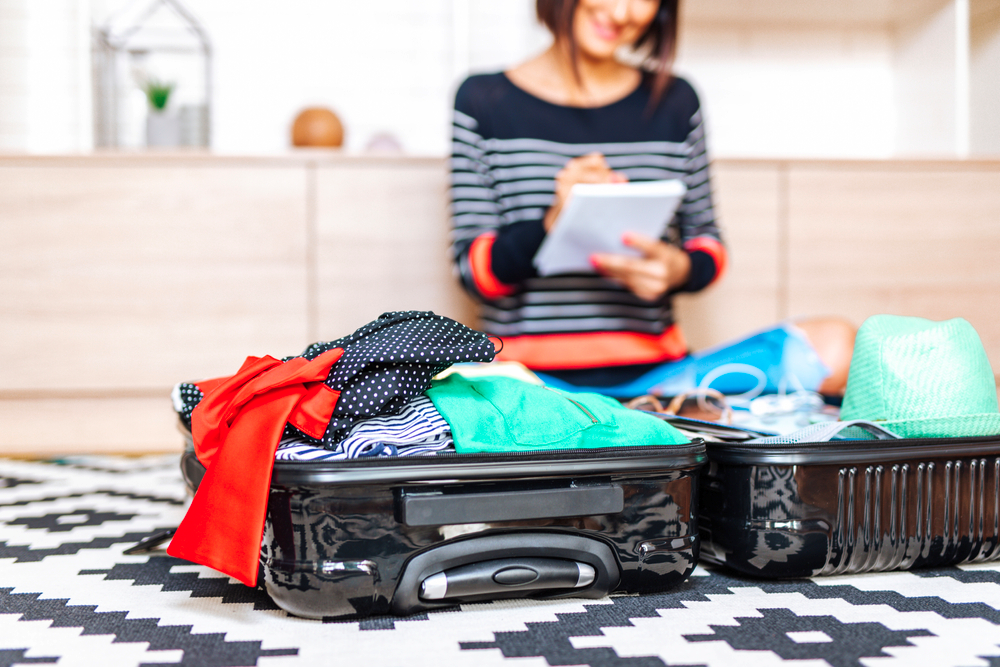Preparing for a trip to Europe can be both an exciting and daunting task. Knowing the right gear to pack for Europe travel will not only help you have a more enjoyable trip but also ensure that you’re prepared for any situation. In this article, we will explore the various items you should consider packing and provide helpful advice for all travelers. Whether you’re planning a whirlwind tour of the major capitals or a relaxing exploration of rural landscapes, having the right gear is crucial.

1. Understanding Your Travel Needs
Before diving into the specifics of what to pack, it’s important to understand your travel needs. Are you a minimalist traveler, or do you prefer to have all the comforts of home with you? Will you be staying in hotels or hostels, or are you opting for a backpacking adventure? These factors will significantly influence the type of gear you need.
1.1 Determining Your Travel Style
Knowing your travel style helps in deciding what gear is essential for your trip. Consider if you’ll be moving frequently between cities or staying put in one location. Frequent travelers might benefit from durable, lightweight luggage that is easy to maneuver across cobblestones and public transport systems.
2. Essential Packing List for Europe
Your packing list should be tailored to the duration and purpose of your trip. However, there are some essentials that every traveler should consider bringing along. Let’s delve into the types of gear to pack for Europe travel.
2.1 Clothing
Europe’s climate can vary significantly depending on the region and season, making it important to pack a versatile wardrobe. Consider the following:
- Lightweight, breathable clothing for warmer climates
- Warm layers for cooler weather, including a jacket
- A well-fitted pair of walking shoes
- Weather-appropriate accessories like scarves and hats
Check out this packing checklist for more ideas on what to bring for various European climates.
2.2 Travel Technology
Technology can greatly enhance your travel experience, whether it’s keeping in touch with loved ones or finding your way around a new city. Consider bringing these gadgets:
- A reliable smartphone for navigation and communication
- Portable chargers and adapters compatible with European outlets
- Noise-canceling headphones for flights and train rides
Learn more about travel tech gadgets that can streamline your journey.
3. Packing for Safety and Comfort
Ensuring both safety and comfort is key to a successful trip. Here’s how to keep yourself and your belongings secure.
3.1 Anti-Theft Gear
Traveling through busy cities can sometimes put you at risk of theft. Invest in high-quality anti-theft bags that offer peace of mind during your travels. These bags often come with lockable zippers and RFID-blocking compartments.
Explore anti-theft travel bags to keep your items secure.
3.2 Comfort Items
Long journeys can take a toll on your body, so packing some comfort items is essential. Consider including:
- A neck pillow for long flights or bus rides
- Travel-sized toiletries for freshness on the go
- Packing cubes for easy organization of your clothes
Get essential travel hygiene tips for maintaining comfort and cleanliness.
4. Tips for Packing Efficiently
Packing efficiently can save you time and make your travel experience smoother. Here are some tips to consider.
4.1 Use of Packing Aids
Packing cubes, compression bags, and stuff sacks are your best friends when it comes to organizing your luggage. These aids can help you separate different categories of items and maximize space.
Organize your travel bags more effectively with these tips.
4.2 Creating a Packing List
One of the simplest yet most effective packing strategies is creating a comprehensive packing list. This ensures you bring everything you need and helps prevent overpacking.
For a detailed look at how to create a packing list, you might find this moving packing checklist useful.
5. Preparing for the Unexpected
Traveling always comes with its share of surprises, both good and bad. Packing with a bit of foresight can help you handle unforeseen circumstances with grace. Here are some ideas:
5.1 Travel Insurance
Consider purchasing travel insurance that covers lost luggage, medical emergencies, and trip cancellations. It’s a small investment for peace of mind.
5.2 Emergency Contact Information
Ensure you have copies of your important documents, such as your passport, visas, and emergency contact information stored securely and accessible in case of an emergency.

6. FAQ Section
What is the best type of luggage for Europe?
Lightweight luggage with wheels is typically best for Europe, as it is easy to transport on various modes of public transportation and cobblestone streets. Make sure it is durable and secure.
How can I prevent theft while traveling?
By using anti-theft travel bags and staying vigilant, you can significantly reduce the risk of theft. Secure your belongings in crowded areas and always keep an eye on your items.
Is it necessary to bring travel insurance?
Though not mandatory, travel insurance is highly recommended as it provides coverage for unforeseen events, offering you peace of mind during your travels.
This article contains affiliate links. We may earn a commission at no extra cost to you.

